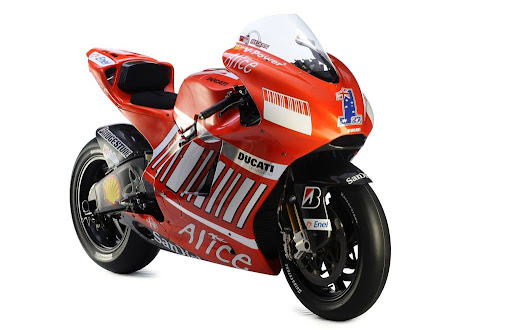Sunday, 28 February 2010
Tuesday, 23 February 2010
Saturday, 20 February 2010
Thursday, 18 February 2010
Monday, 15 February 2010
Sunday, 14 February 2010
Wednesday, 10 February 2010
The Difference Between the 2009 and 2010 - Honda 450 Dirt Bike
Since the introduction of electronic fuel injection into dirt bikes in 2008, the dirt bike industry has changed for the better. Suzuki was the first to come out with EFI, however all the hype didn't live up to its expectations. The bike introduced more problems than it did strong points. In 2009 Suzuki, Honda, and Kawasaki all came out with an EFI bike for their 450 lines and completely revolutionized the dirt bike industry.
Honda really capitalized on the opportunity to change, improving on what was already a great bike. They drastically improved on their handling and suspension, put more power where you need it, and made it easier to start in both hot and cold weather. The CRF450R doesn't utilize a throttle, so just give it a good kick, and if it doesn't start on the first kick, it's almost certain to start on the second. They improved their steering damper to set off the jerk of the handlebars from the previous model.
If you're looking for a bike you're going to feel comfortable on right away and doesn't have a lot of extra bulk for your boots to get caught on, the CRF450R is the bike you're looking for. Regardless of whether you're five or six feet, the positioning of the seat and handlebars is likely to win you over right away. If you think you like it then, wait until you feel how smoothly it handles anywhere you expect it not to. This attribute wasn't as good last year because they didn't allow the front end to push enough, but definitely fixed it this year.
Honda has also improved their power distribution, as last year there was just a lot of low end power, this year there is much more distribution all the way from low to high end. You either loved last year's model and the way it handled or hated it. They were looking to improve that this year and find more of a common ground, and hopefully stumble onto something everyone really liked.
This is definitely an all around bike that can be rode in several different types of terrain; all do to the new action of the forks. Lastly, Honda listened to the feedback they received last year about the handling and even noticeably improved that on this year's model.
After reading reviews on the bike and seeing the spec's, I sold myself on it. It's going to be a hard 450 to beat this year. In a nutshell, Honda made their 2010 model feel much more stable which translates directly to the rider's confidence in unstable spots.
Tuesday, 9 February 2010
2010 Yamaha YZF-R6 Preview
Faced with the task of calling the YZF-R6 a 2010 model year, Yamaha proceeded to find ways of setting the bike apart from the current selling one both visually and technically, but we have to say that you shouldn't expect major changes from any point of view. The truth is that Yamaha already had a 2009 Daytona 200 winner on their hands, so they focused on little tweaks to make it even more special.
From a machine claimed to be "the most advanced production 600cc motorcycle Yamaha-or anybody else-has ever built," riders are right to expect unmatched performance achieved with innovative features. And the fact is that the 599cc DOHC 16-valve, liquid-cooled titanium-valved four-cylinder engine is both compact and high-revving mainly thanks to the 67.0 x 42.5mm bore and stroke, which translates into a 13.1:1 compression ratio and implicit satisfying throttle response. But is that enough to turn this engine into the blast provider that riders brag so much about?
Certainly not! The interesting part consists in the presence of systems such as the Yamaha Chip Controlled Intake (YCC-I) and Yamaha Chip Controlled Throttle (YCC-T), which turn throttle response into excellent across the very wide powerband. Yamaha's fly-by-wire throttle system also has everything to do with the fact that riders will barely twist the throttle and the exhaust gasses will already go out the now 100mm-longer muffler, which is claimed not to affect engine performance, while significantly reducing exhaust noise and making the new R6 more acoustic relaxing during long rides. How's that for enjoying the benefits of 131 hp at 14,500 rpm and 68 Nm at 6,930 rpm in a more civilized manner?
Yamaha does claim increased performance as a result of revised ECU settings, but they don't talk about figures, so we reckon it all resumes to an even more linear power delivery.




